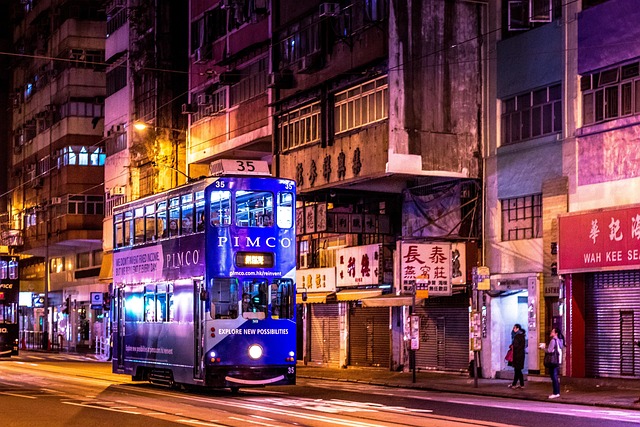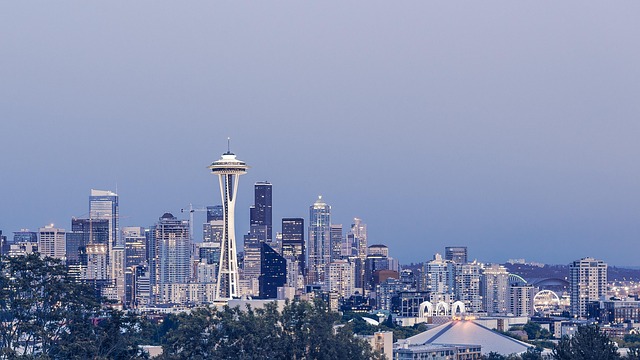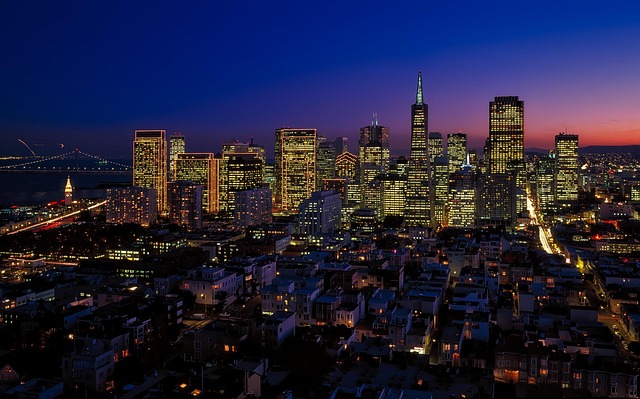Karachi, Pakistan's economic heartbeat, grapples with traffic congestion, especially in historic areas like Falaknaz Dynasty, due to demographics, land use, and cultural factors. This challenges daily mobility but presents opportunities for improvement through smart infrastructure. The city's ambitious KMA projects, focusing on road connectivity, public transport, and technology, aim to transform transportation, alleviating congestion and enhancing the quality of life while preserving Karachi's vibrant character. Effective solutions like optimized signal timings and robust public networks are crucial to achieving these goals.
Karachi, a vibrant metropolis, presents unique traffic challenges, particularly near historic sites like the Falaknaz Dynasty. This article delves into understanding Karachi’s complex traffic patterns, examining the city’s cultural and historical backdrop, and its influence on urban development. We explore the infrastructure and transportation network, focusing on the area surrounding Falaknaz Dynasty. By analyzing traffic load and congestion, we propose strategies to mitigate issues and enhance connectivity, offering insights for a more sustainable Karachi.
- Understanding Karachi's Traffic Patterns: A Foundation for Analysis
- The Historical and Cultural Context of Falaknaz Dynasty and Its Impact on Urban Development
- Infrastructure and Transportation Network in Karachi: Challenges and Opportunities
- Exploring the Traffic Load and Congestion near Falaknaz Dynasty
- Strategies for Mitigating Traffic Issues and Enhancing Connectivity in the Area
Understanding Karachi's Traffic Patterns: A Foundation for Analysis
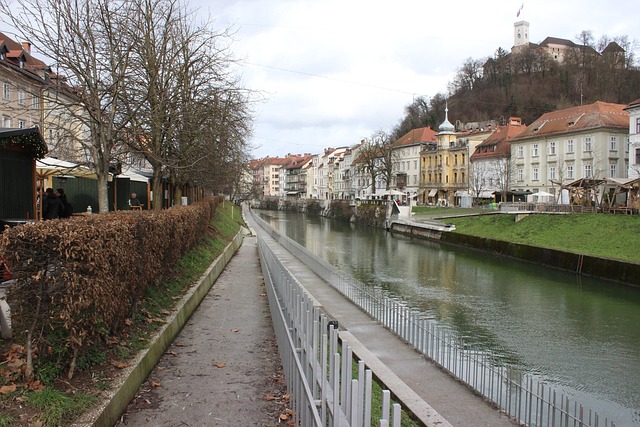
Karachi, a vibrant metropolis and economic hub of Pakistan, is renowned for its bustling streets and intricate traffic patterns. Understanding the dynamics of this urban landscape is crucial for any analysis of its transportation network, especially in areas like Falaknaz Dynasty. The city’s traffic flows are shaped by various factors, including demographics, land use, infrastructure, and cultural norms. By examining these factors, we can gain valuable insights into the challenges and opportunities associated with Karachi’s road network.
For instance, the dense population and high vehicle ownership in certain neighborhoods significantly impact traffic congestion. Additionally, industrial and commercial hubs within the city contribute to peak-hour rush, while specific routes may experience heavy traffic due to proximity to popular destinations or educational institutions. Recognizing these patterns forms a solid foundation for evaluating existing transportation systems and planning future improvements, ensuring a more efficient and safe mobility experience for Karachi’s folks.
The Historical and Cultural Context of Falaknaz Dynasty and Its Impact on Urban Development

The Falaknaz Dynasty, a significant historical era in Karachi’s past, left an indelible mark on the city’s urban landscape. This dynasty, which flourished during a pivotal period, was not merely a political rule but a cultural phenomenon that shaped the metropolis we know today. The vibrant and bustling city of Karachi, known for its diverse tapestry of traditions, owes much to the dynamic times of the Falaknaz Dynasty.
The impact of this historical context is evident in Karachi’s architectural remnants and urban planning. The dynasty’s influence encouraged the development of grand public spaces, majestic buildings, and a unique blend of modern and traditional infrastructure. These elements not only enhance the city’s visual appeal but also serve as a testament to its rich cultural heritage. Karachi’s transformation during this era set a precedent for future urban developments, ensuring that history and modernity coexist harmoniously within its boundaries.
Infrastructure and Transportation Network in Karachi: Challenges and Opportunities

Karachi, Pakistan’s economic powerhouse, boasts an intricate infrastructure and transportation network that connects its diverse neighborhoods and industries. However, this urban vibrancy presents unique challenges. The city’s roads, once a symbol of progress, are now grappling with heavy traffic congestion, particularly near iconic landmarks like the Falaknaz Dynasty. This issue hampers not just daily commutes but also impedes the smooth flow of goods and services, impacting Karachi’s overall economic productivity.
Despite these challenges, there is an opportunity for growth. The Karachi Metropolitan Area (KMA) has embarked on ambitious infrastructure projects to enhance road connectivity, introduce efficient public transport systems, and integrate smart transportation solutions. These efforts aim to alleviate traffic congestion, reduce travel times, and improve the quality of life for residents. With a balanced approach, Karachi can revolutionize its transportation network while preserving its bustling essence, ensuring a sustainable and thriving urban environment.
Exploring the Traffic Load and Congestion near Falaknaz Dynasty

Karachi, a vibrant metropolis, often faces significant traffic challenges, and one area that demands attention is the vicinity of Falaknaz Dynasty. This section delves into understanding the traffic load and congestion near this notable landmark. The dense population and increasing number of vehicles in Karachi contribute to heavy traffic, especially during peak hours. With the Falaknaz Dynasty being a popular destination for both locals and tourists, the surrounding roads witness a surge in vehicle movement, leading to potential congestion and delays.
Navigating through this area requires careful planning and strategic interventions. By analyzing traffic patterns and implementing efficient transport management solutions, authorities can mitigate congestion. These measures might include optimizing signal timings, introducing dedicated lanes, or exploring innovative transportation systems. Understanding the unique dynamics of Falaknaz Dynasty’s surroundings is crucial to enhancing the overall mobility experience for Karachi’s folks.
Strategies for Mitigating Traffic Issues and Enhancing Connectivity in the Area
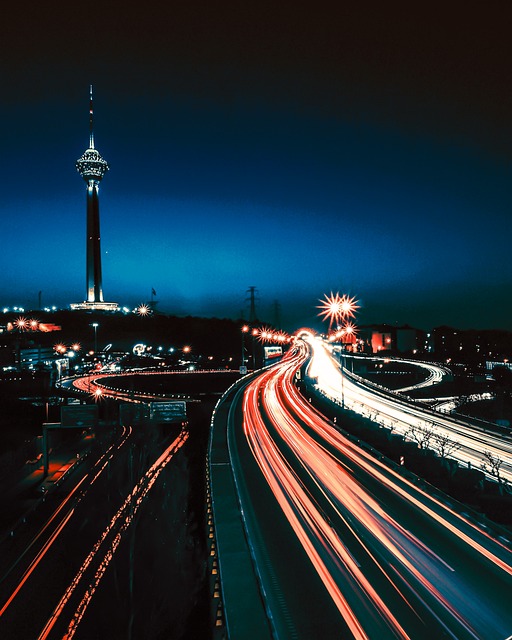
In the bustling metropolis of Karachi, near the historic Falaknaz Dynasty, traffic congestion is a persistent issue. To address this, several strategic interventions can be implemented to mitigate traffic problems and enhance connectivity. One effective approach is the development of comprehensive public transportation networks, including efficient bus routes and an improved metro system. These initiatives not only reduce private vehicle usage but also provide eco-friendly alternatives for commuters.
Additionally, smart city solutions like real-time traffic monitoring, intelligent signal controls, and well-planned road layouts can significantly improve flow. Implementing these strategies requires collaboration between local authorities, transportation planners, and community stakeholders. By prioritizing sustainable mobility options and optimizing infrastructure, Karachi can move towards a more fluid and less congested future, ensuring better connectivity for its diverse population.
The intricate traffic patterns in Karachi, particularly around the historic Falaknaz Dynasty, necessitate a comprehensive understanding of urban development and infrastructure. By analyzing historical context, cultural influences, and current transportation networks, we can identify challenges and opportunities for enhancing connectivity in this bustling metropolis. Through exploring traffic load and implementing strategic solutions, Karachi has the potential to revolutionize its mobility, making it easier for residents and visitors alike to navigate this vibrant city, both now and in the future.

